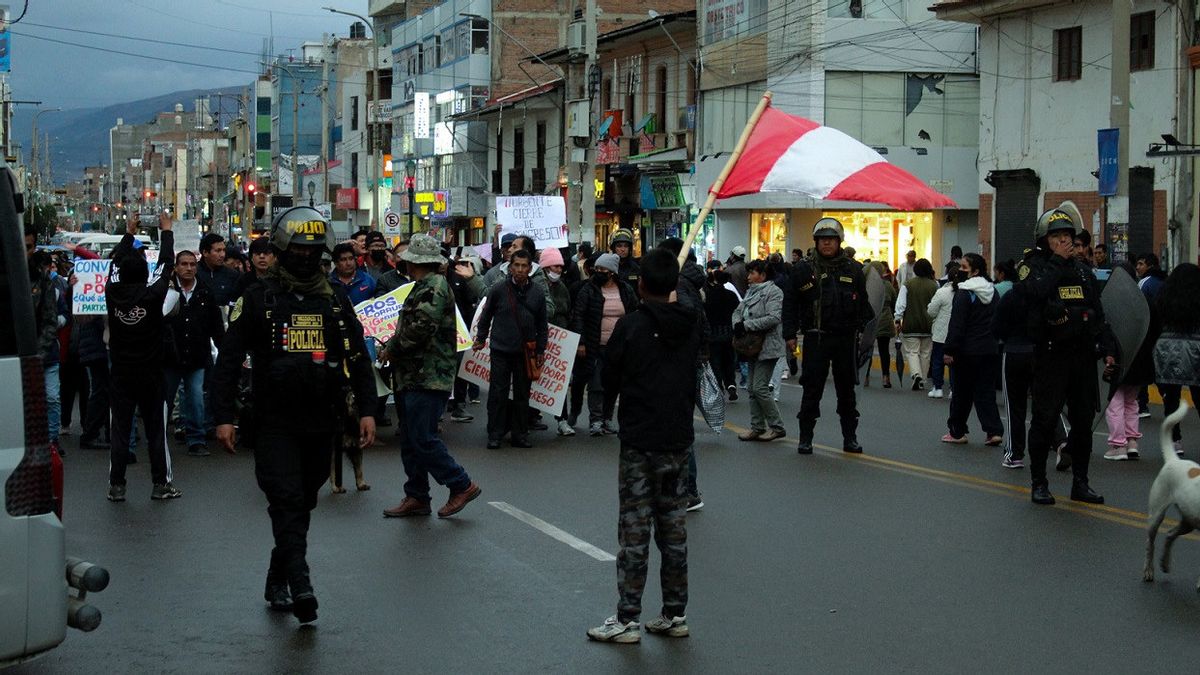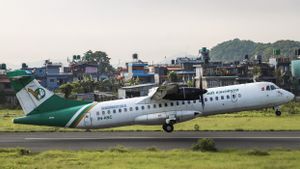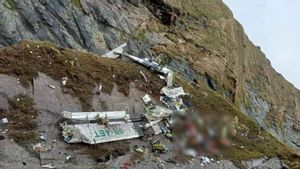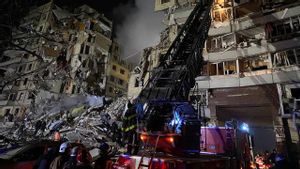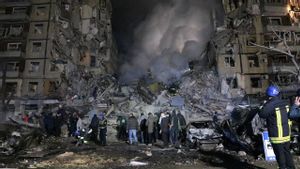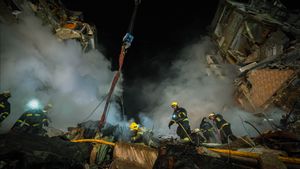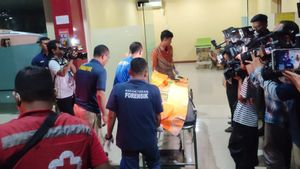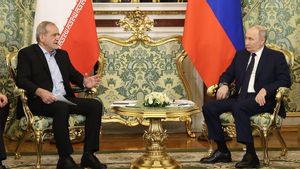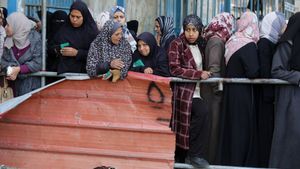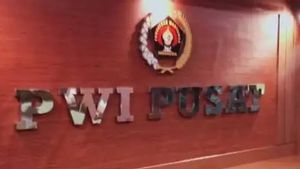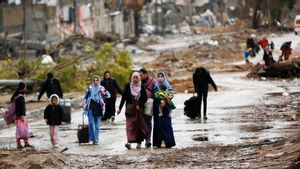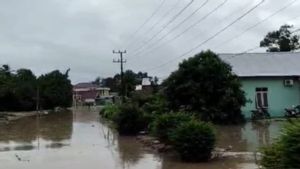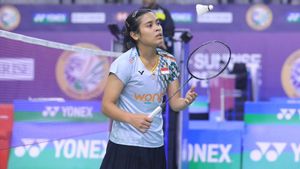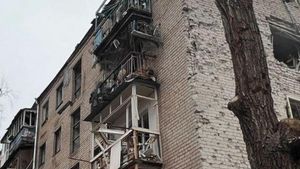JAKARTA - Peruvian authorities have extended the state of emergency for another month in the capital Lima and two southern regions, where deadly protests against the government have sparked the country's worst violence in 20 years.
Peru first declared a month-long national emergency in mid-December, shortly after demonstrations broke out over the overthrow of leftist former President Pedro Castillo, who had sought to dissolve Congress and rule by decree.
More than 40 people have died in violent clashes between protesters and security forces since early December.
The extended emergency measures signed by President Dina Boluarte late Saturday gave special powers to the police.
It limits citizens' freedoms, including the right to assemble, in the capital Lima and the southern regions of Puno and Cusco.
In Puno, where nearly half of the victims died, the restrictions included a 10-day curfew.
During a protest in Lima on Saturday, protesters waved the red and white national flag alongside a black-framed banner in a sign of mourning.
They also lashed out at Boluarte, Castillo's former vice president, who a day earlier had apologized for the deaths while calling for an investigation.
"He's a hypocrite," said protester Tania Serra, speaking amid chanting crowds, who at times jostled with police in riot gear.
"He said sorry, sorry, but he didn't come out to talk, he sent the police, the military to kill," he criticized.
SEE ALSO:
It is known that in a poll by Peru's Ipsos on 12-13 published by Peru 21 newspaper on Sunday, about 71 percent of Peruvians disapprove of Boluarte's government, up from 68 percent in December.
The protesters demanded that President Boluarte step down, and that Castillo, who was arrested for "rebellion", be freed.
The English, Chinese, Japanese, Arabic, and French versions are automatically generated by the AI. So there may still be inaccuracies in translating, please always see Indonesian as our main language. (system supported by DigitalSiber.id)
